People are starting to care a whole lot more about reptiles and amphibians and that is a fantastic change of pace for our scaly and slimy friends! More individuals are getting involved in local conservation efforts or are doing their part to make the world a little more bearable for the animals that live around them. Some people even go out of their way to actively assist reptiles and amphibians when they are in need of help, everything from helping turtles cross busy roads to bringing sick or injured animals into facilities like ours for treatment. By and large, this is a great new attitude for the public towards these animals, however there is a cost to our assistance.
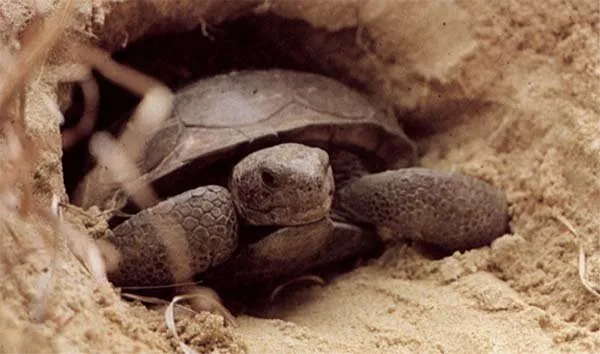
Around this time of year, sea turtle hatchlings are emerging from nests all over the eastern coast of the United States. It is a harrowing journey to reach the water as the young turtles must outrun predators like birds, crabs, coyotes, raccoons, cats and even people. Some become entirely disoriented by light pollution and began wandering away from the ocean. The plight of these young turtles is commonly depicted on television, and many people eagerly volunteer to help these vulnerable species as best as they can. As they emerge from nests, hundred of volunteers along the coast collect the turtles and bring them to the waters edge, or form a human wall to deter predators, hopefully giving the hatchlings a critical head-start.
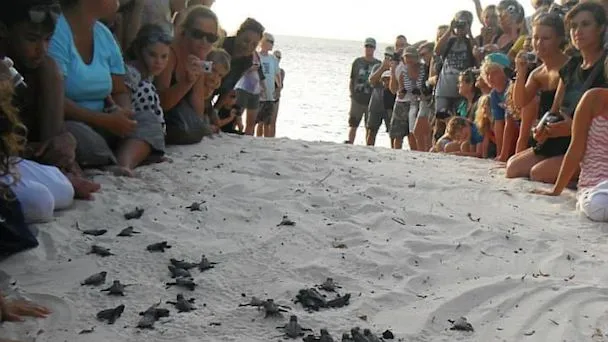
The benefit for the sea turtles is immense, but there is an animal that suffers as a result of human "assistance". The gopher tortoise is a crucial keystone species of the southeastern United States. Listed as "vulnerable to extinction", the gopher tortoise is protected by federal law, as are its burrows; that's right, you can get in a lot of trouble messing with a hole in the dirt, but for good reason. Gopher tortoise burrows provide hundreds of other species with critical shelter from forest fires, and the ecosystem would be immensely impacted without this dedicated little reptile (read more about it in my previous post here).

So how does sea turtle assistance affect the tortoise? Well the hatchling marine turtles nest on southern beaches and sandy dunes are where gopher tortoises prefer to dig their burrows. Occasionally, a tortoise may be seen walking across the beach itself, soaking up the sun's radiation (it is a reptile after all!). Uninformed but well-meaning people (generally visiting tourists) see the tortoise and, thinking it's a beached sea turtle, pick it up and return it to the ocean. The only problem with this is that the tortoise can't swim, especially in the surf of the ocean. The individual feels good about "saving" a turtle, but the reality is they just drowned a federally protected species. And this isn't a rare occurence; some counties get several calls per week about the issue!
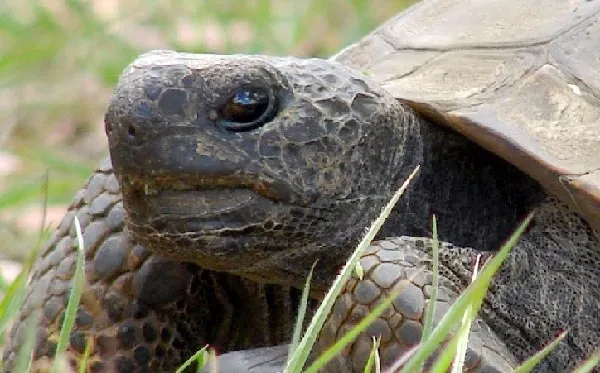
Many southern beaches are now erecting signage to educate tourists about the dangers of moving tortoises, and law enforcement agencies are cracking down on individuals who mess with these animals.
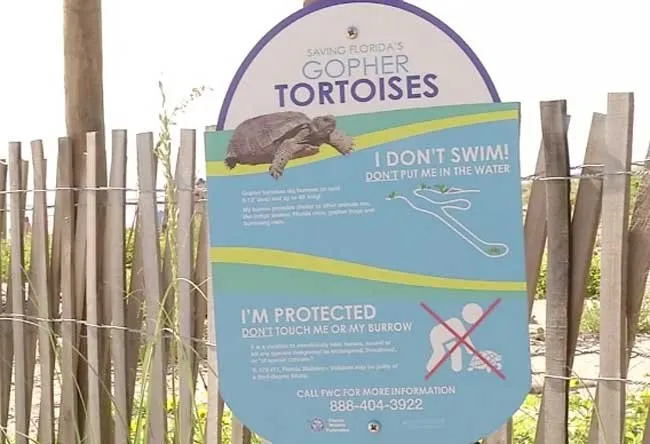
It's a very unfortunate situation because you have people who are trying to do the right thing but are causing more harm than good. Many counties are focusing in on species education; rather than punish people for trying to help, they see the potential to raise awareness for the tortoises and continue helping the sea turtles (after all, no one is going to help the turtles if law enforcement keeps arresting people for their misidentifications!). However, wildlife protection agencies have issued a strong warning; if you can't positively identify the species, leave it alone! You don't want to be messing with a federally protected animal.
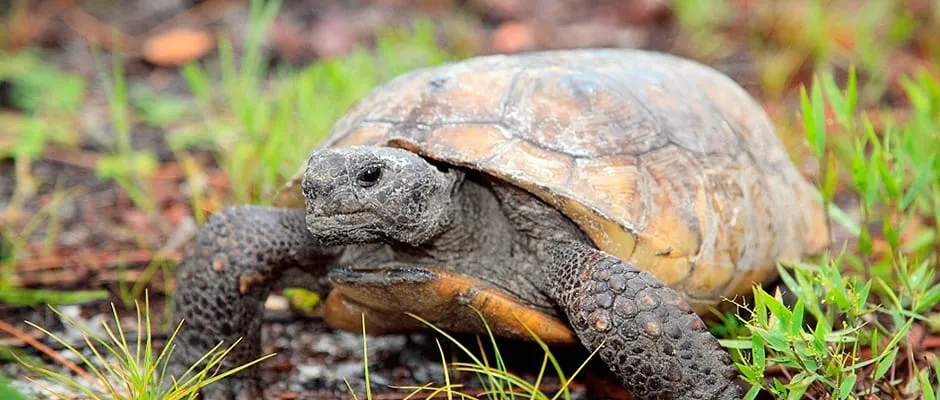
At the end of the day, we all want to help animals when we can. But we have to know how to do so safely for the animal and ourselves. In the end, it may be safest for everyone if we can just walk away and let them be!
